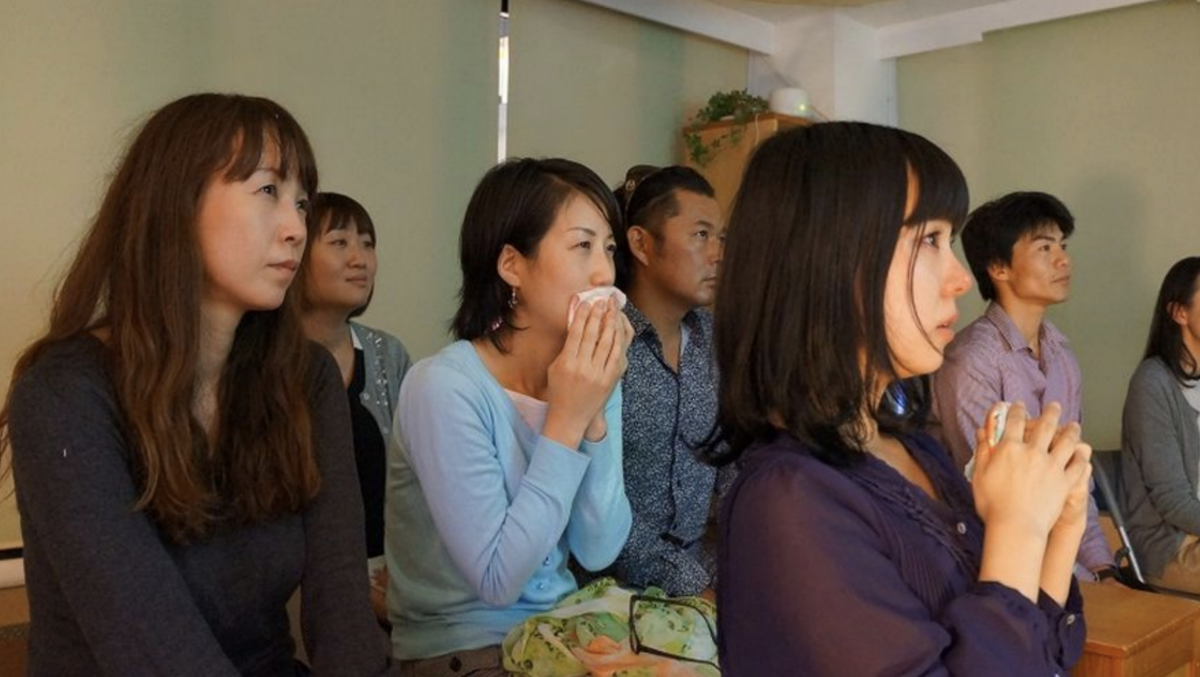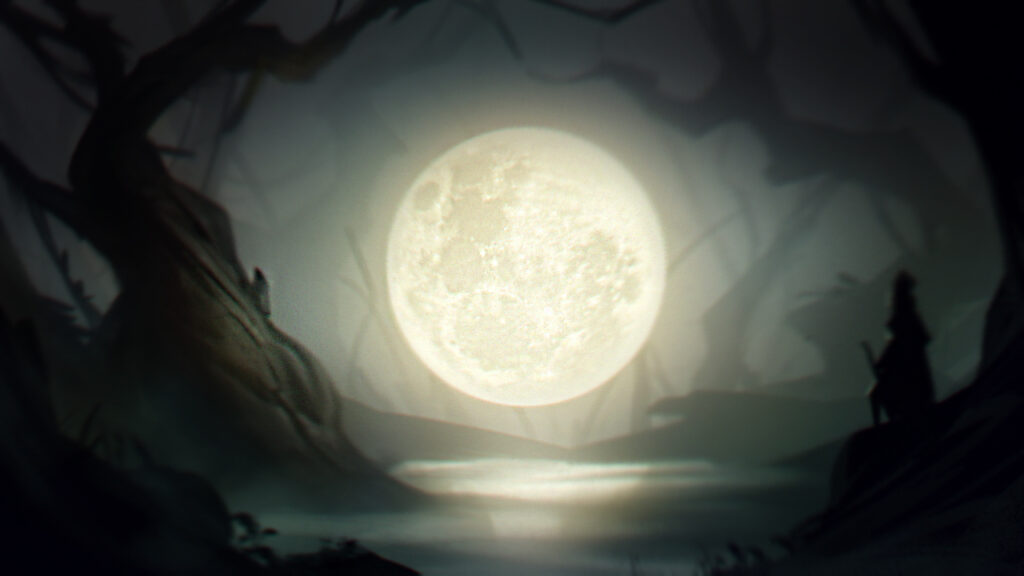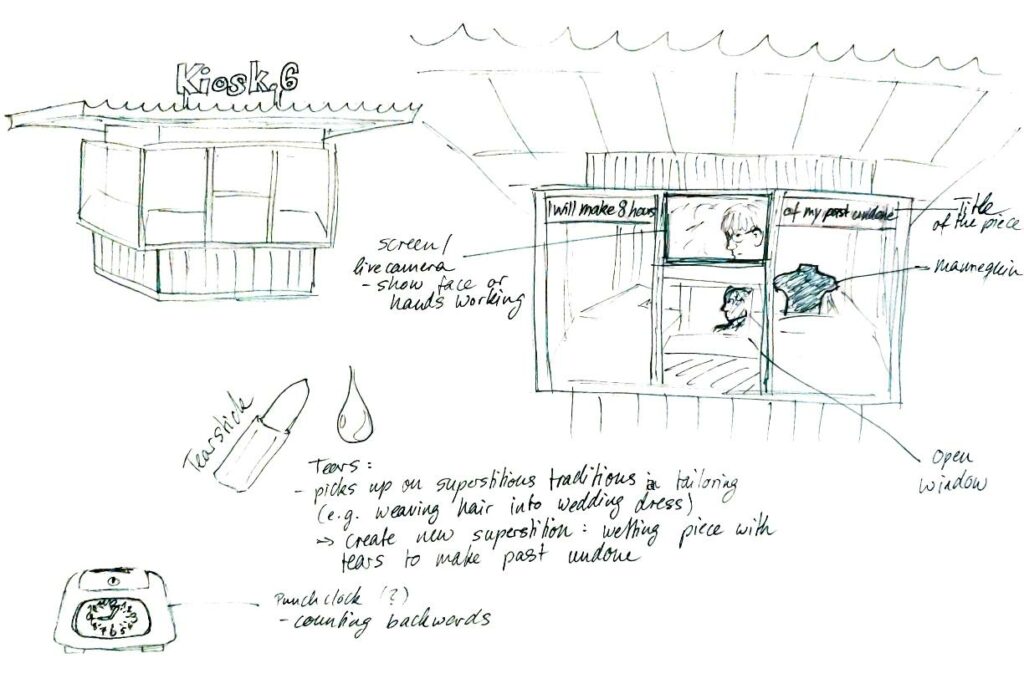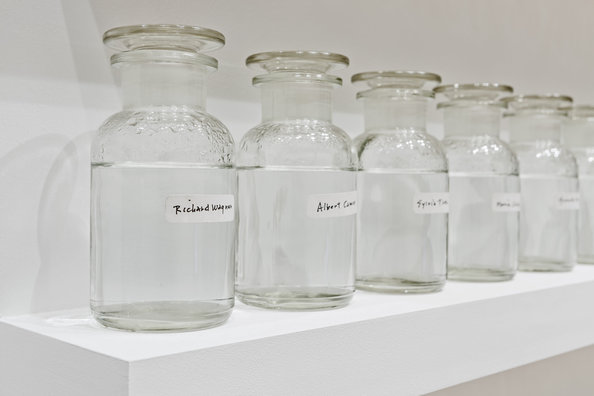By Xiuyi Wu and Yumiko Mita
Crying Culture in CHINA
In China, crying in front of others has generally been seen as shameful. East Asian society as a whole, including Chinese culture, prefers implicitly expressed emotions. However, many people in China view crying as a privilege for women because there are some circumstances in which it is understandable. This phenomena may then be thoroughly examined, and we will discover
that this exemption does not represent preferential treatment for women.
哭嫁 (Crying Marriage):
Crying marriage is an ancient Chinese wedding custom, now common in some remote areas of rural southern China, in which the bride performs a ritual crying at the time of her wedding. Depending on regional customs, crying usually begins about a month before the wedding, when the bride begins to cry and friends and relatives will weep along with her. It is said that the bride is considered unlucky and even condemned by the public if she does not cry.
Lyrics in Crying: The Sadness of Separation
In some rural communities, a married daughter is compared to spilled water, and it is shameful for her to go back to her mother’s family after her marriage. Therefore, once these ladies get married, it is quite difficult for them to see their parents, relatives, and childhood friends.
Complaint against Marriage
In the past, women did not have enough liberty to choose their spouses, and a lot of marriages were arranged by the parents of the bride and groom. It was incredibly frightening to get married to someone you had never met, so it was crucial to express displeasure with this convention and complaints against society in the lyrics of Cry.
Overview
East Asian social anthropologist Choi Kilsong writes in his book, Cultural Anthropology of Crying (哭きの文化人類学), that Hakka (,客家, Chinese ethnic group) women are largely uneducated and that Hakka society is utterly patriarchal and male-centered. It is stated that women only cry to show their emotions on the seldom occasions of weddings and funerals, and that this was the only occasion where they had the freedom to express their emotions. At village gatherings, women are not allowed to speak. Even when elder women speak up, their opinions are rarely taken seriously.
Freedom to cry
Although most developed regions of China have abandoned this tradition, women have always faced varied degrees of inequality in both life and the workplace due to patriarchal society. Whether being forced to cry, or having the privilege of crying because it is seen as vulnerable are something Chinese women want to have.
Crying Culture in JAPAN
Data from the International Study on Adult Crying suggest that, of the 37 nationalities polled, the Japanese are among the least likely to cry. (Americans, by contrast, are among the most likely.)
“Hiding one’s anger and sadness is considered a virtue in Japanese culture,” a Japanese psychiatrist told the newspaper Chunichi Shimbun in 2013.
涙活 (Rui-Katsu):
It’s safe to say we all have much to cry about these days. People are encouraging one another to express mental distress: Even leaders are crying in public. And that’s OK: Crying can be really, really good for you. And that’s the message that Hidefumi Yoshida, a self-described tears teacher, is out to share. He holds workshops across Japan, where he helps grown-ups learn to cry. Whether it’s breaking the stigma around crying out of grief or simply learning to weep for better mental health, it’s a lesson we all could probably embrace a little more right now.
E.g. The Man Teaching Japan to Cry
https://www.youtube.com/watch?v=ih1l-FR508o&ab_channel=BBCReel
Culturally Appropriate Crying: Gatherings
When one person starts crying, it is a cue for others to cry. This may be due to peer pressure, or to practice homogeneity. People are usually expected to cry when there is a celebration (e.g. Birthday) with alcohol, or when there is a touching moment (e.g. baseball event).
“Cry-Baby”
Women are expected to cry more than men. The gender stereotype that Japanese women are “cry-babies” and emotional are ingrained. Thus, men expect women to cry at any inconvenience that may arise. This is translated to the anime culture as well.
Overview
● Japanese people are most unlikely to express mental distress
● “Hiding one’s anger and sadness is considered a virtue in Japanese culture”
● Tear teacher, Hidefumi Yoshida, started a movement called “Rui-katsu” (Tear Activity) that encourages people to cry
● While expressing distress or strong emotions are uncommon, Japanese people tend to express their true emotions at gatherings that involve alcohol.
● There are also cultural expectations that when one starts to cry, others join in. Women are expected to cry more than men.
CONCLUSION
● While there are differences, China and Japan are both repressive when it comes to expressing emotions. Therefore, many people suffer from mental health issues.
● Crying could be the best practice to regain health, balance in life, especially when our lifestyles have vastly changed and become limited during COVID-19.
● Letting out emotions should not be a taboo; rather encouraged. People should be free to express themselves regardless of societal pressure.















